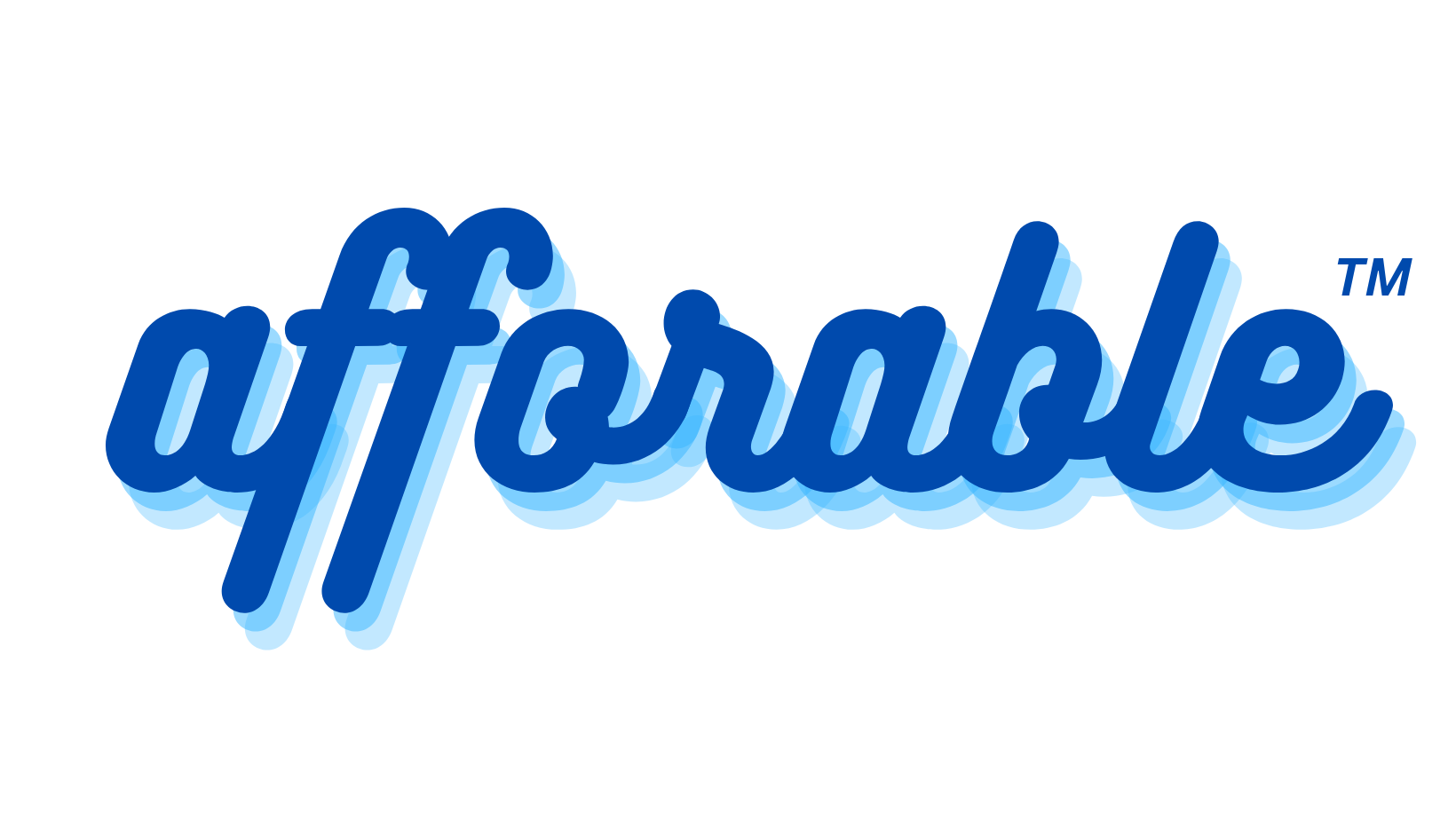The health insurance industry in the United States is undergoing a transformative phase, primarily driven by rapid technological advancements. From telemedicine to AI and blockchain, technology is reshaping how health insurance operates, enhancing the efficiency of services, expanding coverage, and improving the overall customer experience. This article explores these technological innovations and their profound impact on the health insurance sector.
Telemedicine: Expanding Access and Reducing Costs
Telemedicine has emerged as a pivotal innovation in health insurance, offering several benefits:
- Wider Accessibility: It allows patients, especially in remote and rural areas, to access medical expertise that was previously unreachable, effectively bridging geographical gaps in healthcare.
- Cost Reduction: Virtual consultations are typically less expensive than in-person visits, contributing to reduced healthcare and insurance costs.
- Pandemic Management: The COVID-19 pandemic accelerated the adoption of telemedicine, with insurers expanding coverage for virtual healthcare services, thereby demonstrating its effectiveness in managing large-scale health emergencies.
Artificial Intelligence: Transforming Insurance Operations
AI’s role in health insurance is multifaceted and growing:
- Claims Processing: AI algorithms enhance the speed and accuracy of claim processing, leading to improved efficiency and customer satisfaction.
- Personalized Policies: By analyzing vast amounts of data, AI enables insurers to offer personalized policy recommendations, tailoring coverage to individual needs.
- Fraud Detection: Advanced AI tools are capable of identifying anomalous patterns, helping to detect and prevent fraudulent claims.
Blockchain: Ensuring Security and Efficiency
Blockchain technology holds significant potential for the health insurance industry:
- Data Management: Its application in managing health records and insurance data promises enhanced security, transparency, and efficiency.
- Smart Contracts: Blockchain can streamline the insurance process through smart contracts, automating claims and payments, thus reducing administrative overheads and expediting service delivery.
Wearable Technology: Influencing Premiums and Health Outcomes
The rise of wearable technology marks a significant shift in health insurance:
- Health Monitoring: Wearables provide real-time health data, enabling insurers to monitor policyholder’s health and encourage preventive care measures.
- Dynamic Premium Pricing: Insurers are increasingly using data from wearables to offer personalized premiums, rewarding policyholders for maintaining healthy lifestyles.
Internet of Things (IoT): Enhancing Real-Time Health Monitoring
IoT in healthcare extends the capabilities of traditional health monitoring systems:
- Chronic Disease Management: IoT devices can monitor conditions like diabetes or hypertension in real-time, providing valuable data for both patients and insurers.
- Risk Assessment: Continuous health monitoring through IoT informs more accurate risk assessments and premium calculations for insurers.
Predictive Analytics: Shaping Future Healthcare
Predictive analytics has a profound role in health insurance:
- Risk Prediction: It allows insurers to identify and predict health risks more accurately, facilitating early interventions and preventive care.
- Policy Customization: Insurers can use predictive models to design policies that are more responsive to the predicted healthcare needs of individuals.
Mobile Applications: Streamlining Policy Management
The proliferation of mobile applications in health insurance offers several advantages:
- Enhanced Accessibility: Policyholders can manage their policies, track claims, and access health services conveniently through their smartphones.
- Integrated Health Tracking: Many health insurance apps now integrate with health and fitness tracking platforms, offering a comprehensive view of the policyholder’s health status.
Challenges and Future Prospects
While technological advancements offer numerous benefits, they also present challenges such as data privacy concerns, the need for regulatory updates, and addressing the digital divide. Looking ahead, the health insurance industry is likely to witness further integration of emerging technologies like augmented and virtual reality, further personalizing and enhancing the healthcare experience.
Conclusion
Technology is fundamentally changing the landscape of health insurance in the United States. By leveraging innovations like AI, telemedicine, blockchain, and wearable technology, the sector is moving towards more efficient, personalized, and accessible healthcare coverage. The future of health insurance is poised to be more responsive to individual health needs, with technology playing a central role in its evolution. As this technological integration deepens, balancing innovation with ethical considerations and equitable access will be key to realizing the full potential of these advancements.

